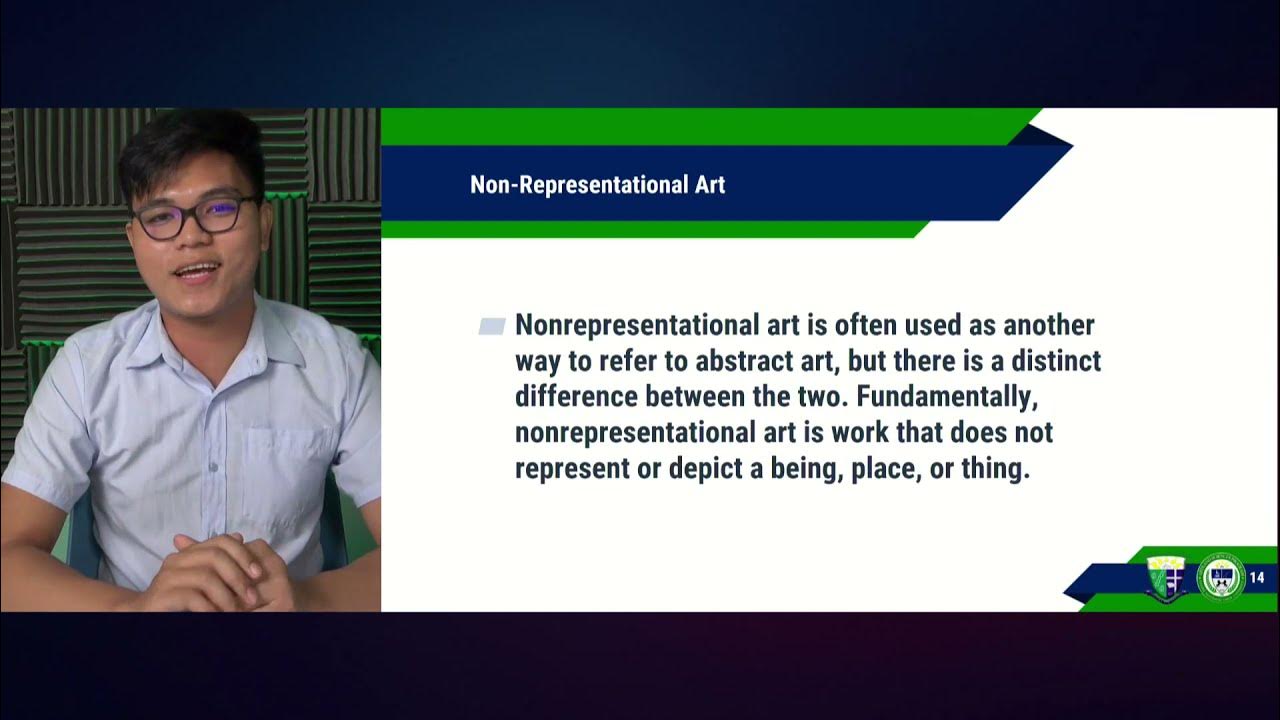Explaining Deleuze with drum machines
Summary
TLDRThis video explores Gilles Deleuze's critique of representational thinking through the lens of drum machines. It contrasts the traditional, imitation-focused use of drum machines with the innovative approach of the punk band Suicide, who used them to create a new sound. The video argues for a non-representational, rhizomatic mindset that fosters creativity and the birth of the new, challenging viewers to rethink their own representations and potential for originality.
Takeaways
- 🤔 Jill Deleuze's critique of representational thinking is explored, emphasizing the need to move beyond traditional, arborescent models of thought.
- 🎶 The drum machine is used as a metaphor for Deleuze's philosophy, illustrating the shift from imitation to innovation.
- 🎵 Drum machines were traditionally seen as inferior imitations of real drum sets, but Deleuze would argue for their potential to create new sounds and music.
- 🚫 Deleuze and Guattari criticize the Freudian psychoanalytic approach for being too representational and arborescent, limiting the creation of new psychological maps.
- 🌱 The concept of 'rhizomatic' thinking is introduced as an alternative to arborescent thinking, valuing connections over a singular origin.
- 📚 Deleuze's ideas are applied to various fields including music, art, psychology, and philosophy to argue for the creation of the new over the reproduction of the old.
- 🎨 In art, Deleuze encourages a move away from representational standards to explore what mediums can uniquely create.
- 👶 The example of a child playing is used to contrast the map-making creativity of children with the tracing, or representational, thinking of Freudian psychoanalysis.
- 🔧 Deleuze sees potential in the ability of individuals to break free from societal tracings and create new, personal identities.
- 🌟 The video concludes with a call to action for viewers to embrace their capacity for innovation and to resist being confined to predetermined representations.
- 📖 The speaker promotes their book and thanks their patrons, highlighting the rhizomatic support network that enables their work.
Q & A
Who are Jill de Luz and Felix Guattari?
-Jill de Luz and Felix Guattari are influential thinkers of the 20th century known for their philosophical works, particularly their critique of representational thinking.
What is representational thinking?
-Representational thinking is a way of conceptualizing where everything is viewed in terms of imitation or representation of an ideal form, often likened to Plato's belief in ideal forms.
How does the script use drum machines as an example?
-The script uses drum machines to illustrate representational thinking, contrasting their traditional use as imitations of real drum sets with a non-representational approach that explores their unique capabilities.
What is the arborescent way of conceptualizing?
-The arborescent way of conceptualizing refers to a hierarchical structure similar to a tree, where everything branches out from a single origin or ideal form.
What is the critique of arborescent thinking?
-The critique is that arborescent thinking is limiting because it confines creativity and innovation by focusing on imitating ideal forms rather than creating new ones.
How did Martin Rev from the band Suicide use the drum machine differently?
-Martin Rev used the drum machine to create a sound that a real drummer could not, focusing on the unique capabilities of the machine rather than trying to imitate a real drum kit.
What is the non-arborescent, non-representational way of thinking called?
-This way of thinking is called 'rhizomatic', which involves connections without a central origin point, allowing for more diverse and innovative growth.
How does the script relate rhizomatic thinking to the creation of new things?
-Rhizomatic thinking allows for the creation of new things by breaking free from the constraints of representational thinking and exploring unique capabilities and connections.
What is the difference between maps and tracings in the context of the script?
-Maps represent a rhizomatic approach, constructing new connections and routes, while tracings are arborescent, reproducing predetermined images or forms.
How does the script apply these concepts to Freudian psychoanalysis?
-The script suggests that Freudian psychoanalysis is limited by its arborescent approach, reducing everything to predetermined representations and blocking the creation of new psychological formations.
What is the final message of the script regarding representational thinking?
-The script encourages going beyond representational thinking to create something new, suggesting that our inability to match a given representation can be a sign of our capacity for innovation.
Outlines

Dieser Bereich ist nur für Premium-Benutzer verfügbar. Bitte führen Sie ein Upgrade durch, um auf diesen Abschnitt zuzugreifen.
Upgrade durchführenMindmap

Dieser Bereich ist nur für Premium-Benutzer verfügbar. Bitte führen Sie ein Upgrade durch, um auf diesen Abschnitt zuzugreifen.
Upgrade durchführenKeywords

Dieser Bereich ist nur für Premium-Benutzer verfügbar. Bitte führen Sie ein Upgrade durch, um auf diesen Abschnitt zuzugreifen.
Upgrade durchführenHighlights

Dieser Bereich ist nur für Premium-Benutzer verfügbar. Bitte führen Sie ein Upgrade durch, um auf diesen Abschnitt zuzugreifen.
Upgrade durchführenTranscripts

Dieser Bereich ist nur für Premium-Benutzer verfügbar. Bitte führen Sie ein Upgrade durch, um auf diesen Abschnitt zuzugreifen.
Upgrade durchführenWeitere ähnliche Videos ansehen
5.0 / 5 (0 votes)






